- Type: Dollina II
- Serial No: 40036
- Manufactured: between end of 1936 and 1938
- Manufacturer: Certo
- Shutter: Compur-Rapid metal leaf shutter
- Shutter speeds: T, B, 1, 1/2, 1/5, 1/10, 1/25, 1/50, 1/100, 1/250, 1/500
- Lens: uncoated Carl Zeiss Jena Tessar 1:2.8 f=5cm
- Aperture: 2.8, 4, 5.6, 8, 11, 16, 22
- Lens Serial No: 2276719
- Lens mount: -
- Last CLA: 01/2012
This camera is the elder brother of the Super Dollina II. Charming and comfortless as we can expect from this family. Interestingly, it's a bit more handy than the younger brother because the aperture numbers are at least clearly visible in the front plate of the lens. Setting it with that ugly peg under the lens is still challenging, though, because you cannot easily access it from the front cover which opens under the lens.
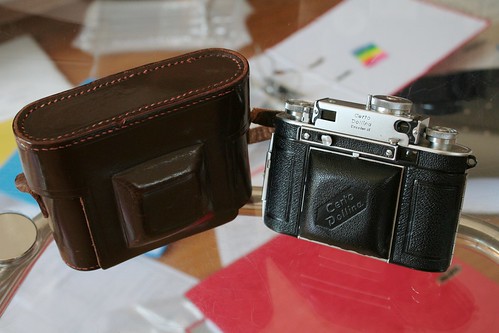

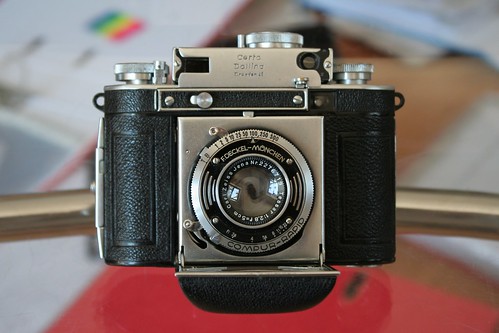
The Dollina II is a preWWII rangefinder camera which was manufactured only for almost 2 years, from end of 1936 until 1938 when the Dollina III took its place on the top of the 35mm folder palette of Certo. The previous model Dollina I was a simple viewfinder construction with the focus knob on the top plate. The Dollina II looks like if somebody have fastened a separate split-image rangefinder on top of a Dollina I. And the truth is not so far from it. Have a closer look. It's basically a separate rangefinder unit screwed onto the camera.
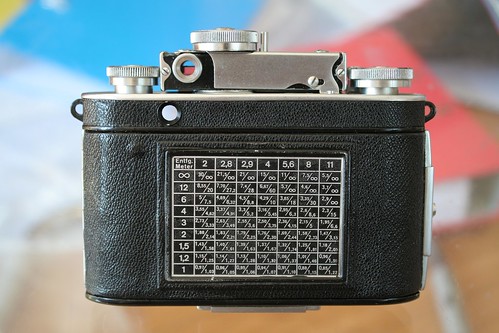
You can barely see the frame counter window because the rangefinder house partly covers it. This rangefinder was surely not an integrated part of the original camera design: it was added on later.

The rangefinder is a simple two mirror split-image device but despite how it looks like, it's actually coupled to the focusing. Focusing and framing is basically the same as with the Super Dollina II: you have to do them through two separate pinholes. Or pinhole tubes - if such a word existed.
The viewfinder is a simple tube but be aware: it is not necessarily precise. Mine is a bit misaligned upwards for example. But let's leave this rangefinder/viewfinder topic for now and discuss that brilliant little Tessar on the front.
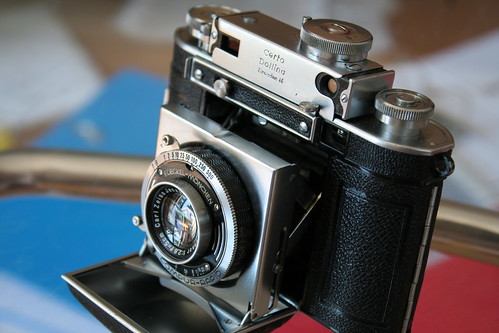
50mm, f/2.8, as you can expect. It's uncoated so it renders real vintage-looking pictures withfoggy parts and glow around light sources and bright surfaces. The in-focus area is sharp and stern, the background gets a bit creamy. All in all, it takes very pleasant photos. The lens is not color corrected so I didn't try it with color film, just plain old BW.
The shutter is the famous Compur-Rapid with times up to 1/500 sec. which is usually enough for everything. No complaints about it.
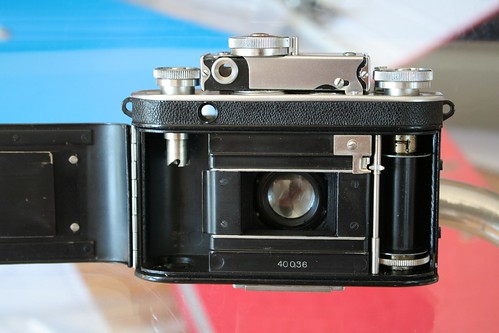
In theory, the Certo Dollina II meets the requirements of a capable rangefinder: 1/500s shutter speed and a sharp fast lens. It's a rarity and on top of that, a beautiful camera with metal and glass everywhere. Unfortunately, the misaligned viewfinder, the pinhole-like rangefinder and the spartan, anti-ergonomic operation challenges the enthusiasm of the photographer. But the result speaks for itself: you can take real vintage photos with it in great quality.
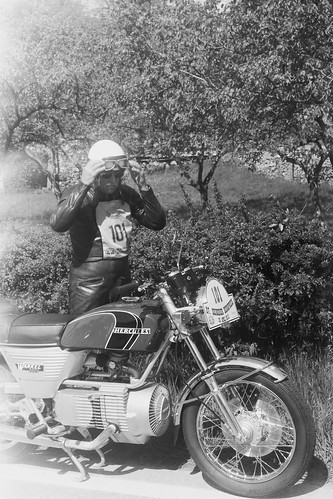
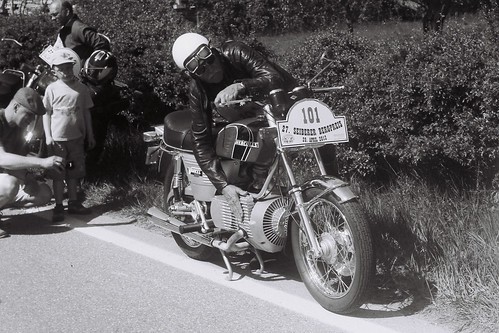

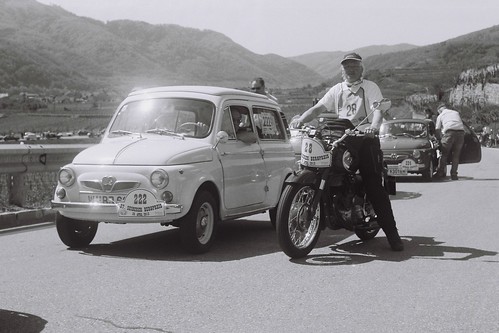
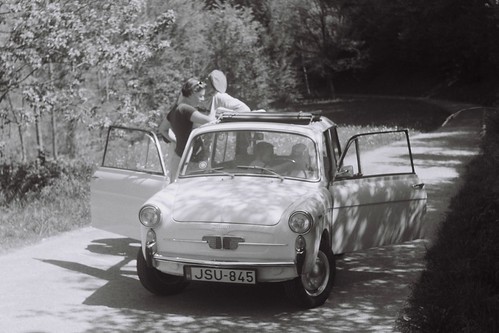
Tip: the button in front of the camera (below the rangefinder and above the lens) has two functions. It is the frame counter reset lock and the film advance unlock.
Excellent photos and write up. My sincere compliments.
ReplyDeleteThanks :-)
ReplyDelete